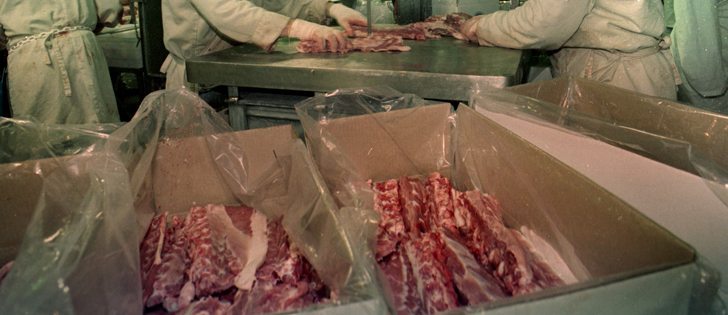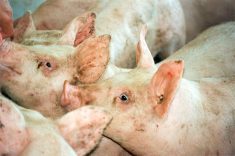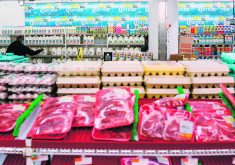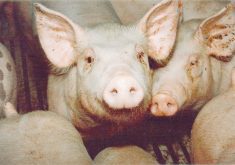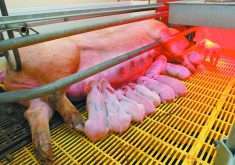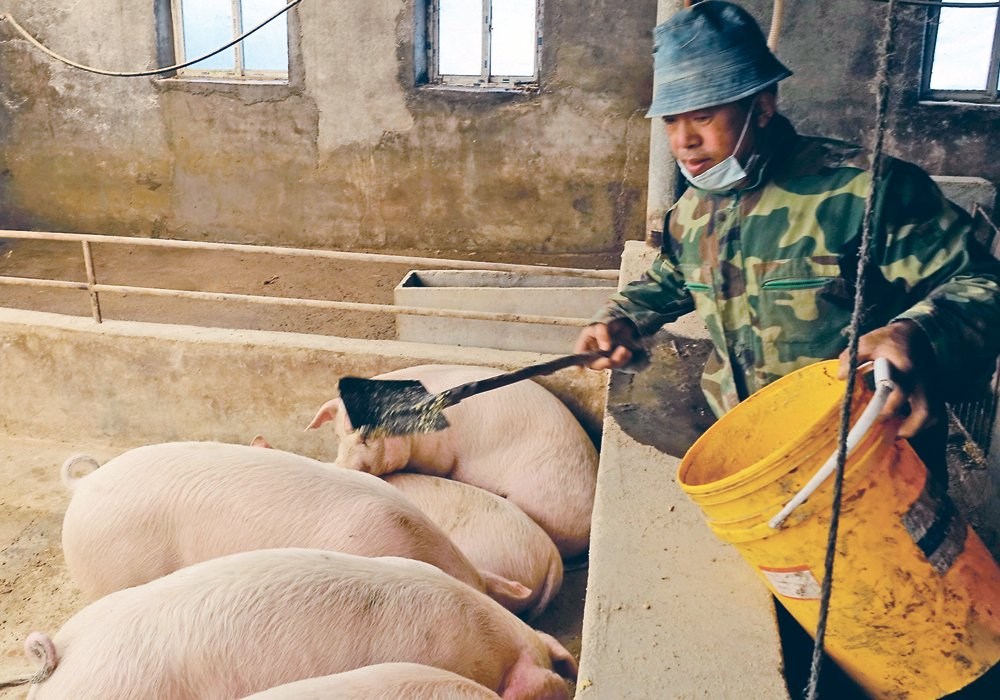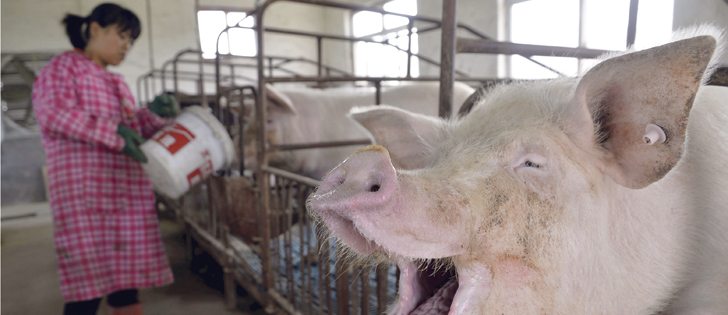Potential big corn crop | Herd rebuilding is helped by lower feed costs, but stronger hog prices are in question
DES MOINES, Iowa — Leading analysts were predicting fall corn futures prices of $4 to $5.15 during the World Pork Expo.
“I think there’s a good chance of affordable corn this year,” said analyst Steve Meyer of Paragon Economics in an outlook session.
He predicted likely corn prices of $4 to $4.15 per bu. this fall, down from the July futures of $5.90 as of June 11.
However, he also said feed prices are only half the profitability equation in hog production.
“Based (only) on those (feedgrain) numbers, I’d probably expand. Based on the numbers I’m going to give you, I don’t want you to do that.”
Read Also

Biofuel sector happy with federal budget
Advanced Biofuels Canada says new Biofuel Production Incentive is a lifeline until CFR amendments are in place.
Meyer sketched out a likely situation of weak pork demand growth, more pork coming to market and tight packer capacity, which would negate the gains from cheaper feedgrains.
As well, packer capacity constraints could lower fourth quarter hog prices if problems arise.
“If we get a two percent increase in productivity and a one percent growth in the breeding herd … it is going to get pretty tight,” said Meyer.
“Any problem with a plant this fall or next would be a very severe problem for us to handle.”
The fourth quarter of any year is a potentially dangerous period for hog producers.
Pigs in the hot U.S. Midwest grow more slowly during the summer, reducing the number of animals coming to market for many weeks.
However, growth rates accelerate when the weather cools and hogs begin flooding into the market.
However, packing plants face more statutory holidays during the fourth quarter than in other quarters, so their overall capacity can be significantly reduced.
Prices slump when too many pigs show up for too little capacity to process them.
Cheaper feedgrain prices will help maintain hog margins, which is what a number of analysts were predicting.
Iowa State University crop production weather expert Elwynn Taylor said Midwest crops now have a 50 percent chance of above average yields of 168 bu. per acre this year and about 50 percent chance of 164 bu. per acre.
Both scenarios would produce a lot more corn than in the past two crop years.
Until a few weeks ago, there was a 30 percent chance of low yields similar to the past two years, but when the La Nina weather phenomenon disappeared, so did the likelihood of lower than trend yields.
“We are now in neutral conditions,” said Taylor.
However, recent hot Midwest weather is stressing corn and other analysts have lower yield outlooks.
Hog profit margins will be hard to increase this summer and fall because of soft demand and tight packer capacity.
Meyer said he expects Chicago lean hog futures prices to return to the low $90s per hundredweight this summer, but any higher is doubtful.
“I thought that we would trade a decent number of $100 hogs this summer, but the lost spring rally (meant) you can’t launch nearly as much into the summer from where we are now,” said Meyer.
The stunning failure of the spring rally, which became a spring rout, has not only dashed hopes for strong profits this summer, but pushed producers into unexpected losses for weeks.
The recent recovery in pig prices has allowed a $6 per pig profit to reappear, taking pressure off farmers’ bottom lines.
However, it is not the year of steady profits that many needed to continue to recover from the late 2000s slump.
Meyer said sow, productivity and slaughter weight numbers mean the fourth quarter of 2012 and 2013 will push packer capacity, so there will be the danger of a price slump.
Canadian producers could be in a better situation, Meyer said in an interview. A number of Canadian plants have spare capacity, so they will likely still be keen to aggressively buy pigs in the fourth quarter even if American plants are full.
Even with lots of pork in cold storage, packers will keep processing pigs if they can do it profitably. Lower hog prices in the fall and steady pork prices will keep packers packing.


